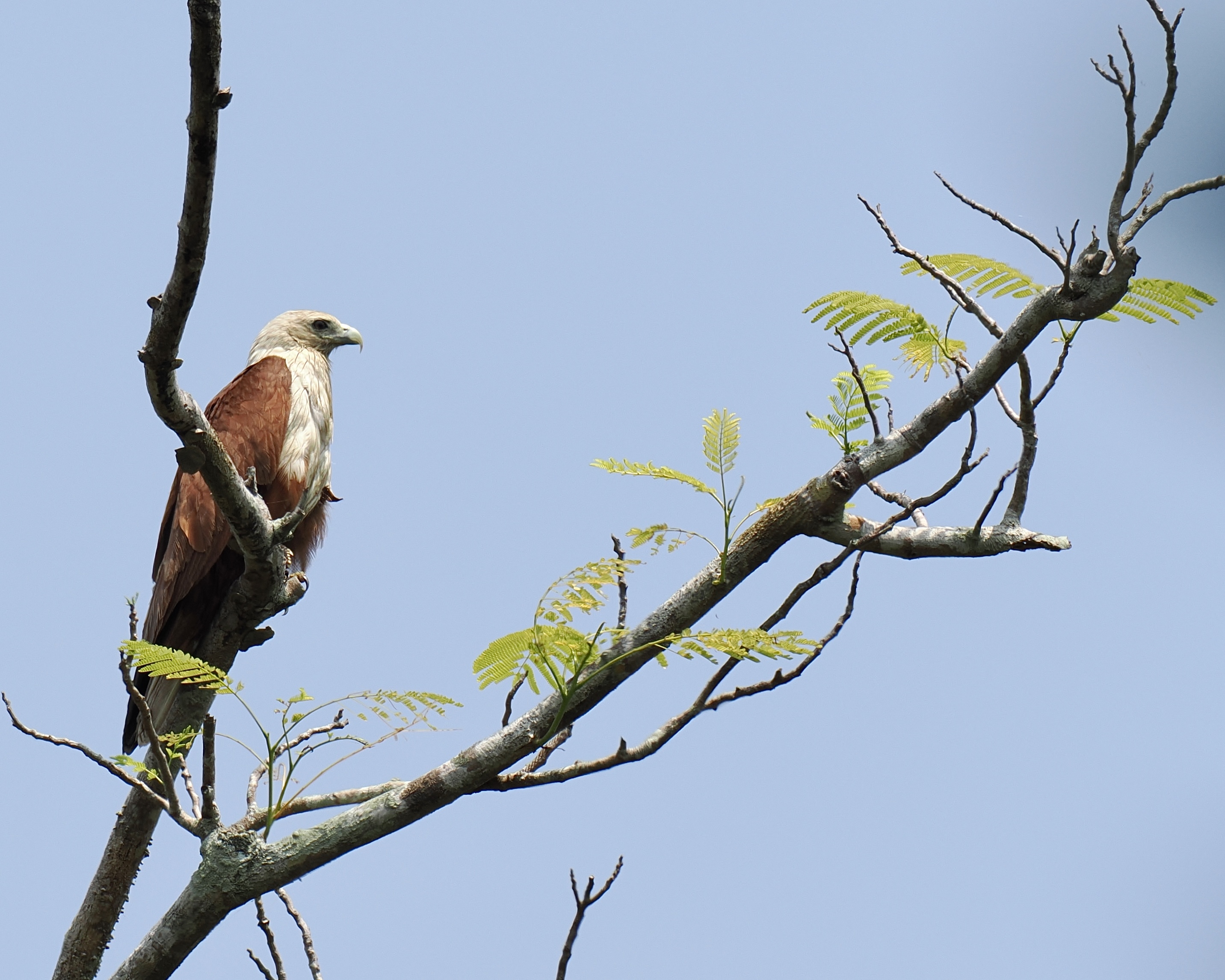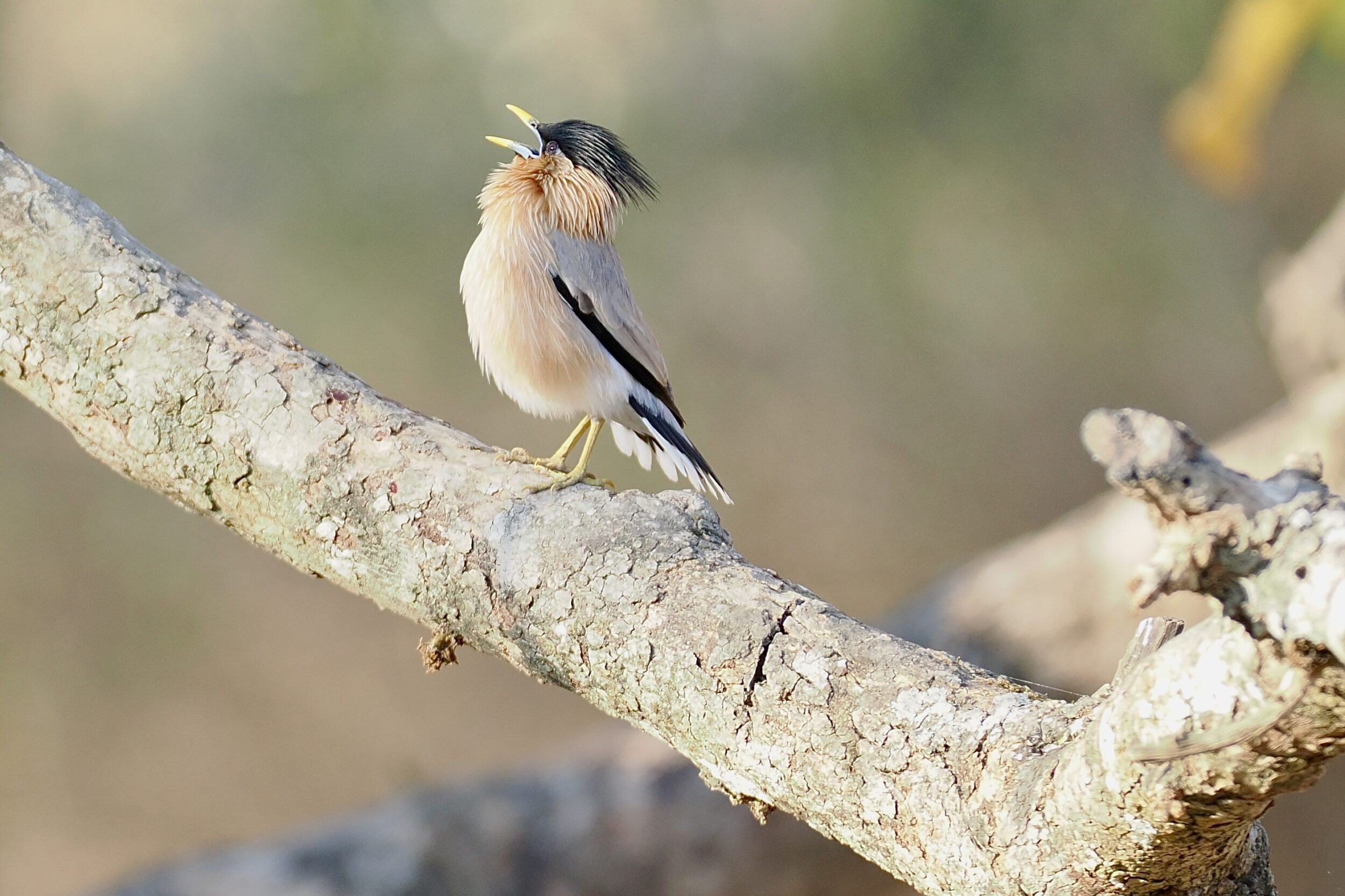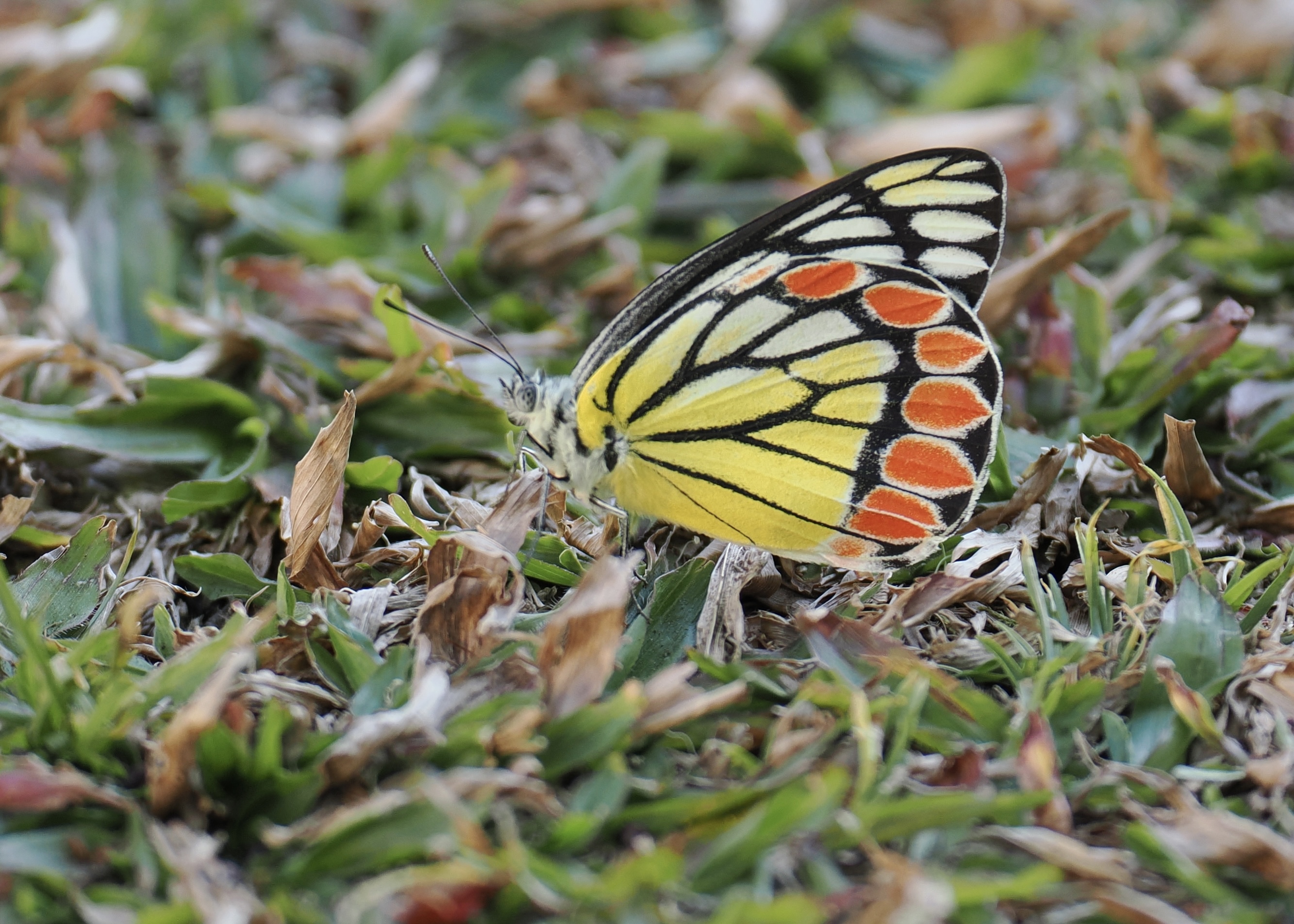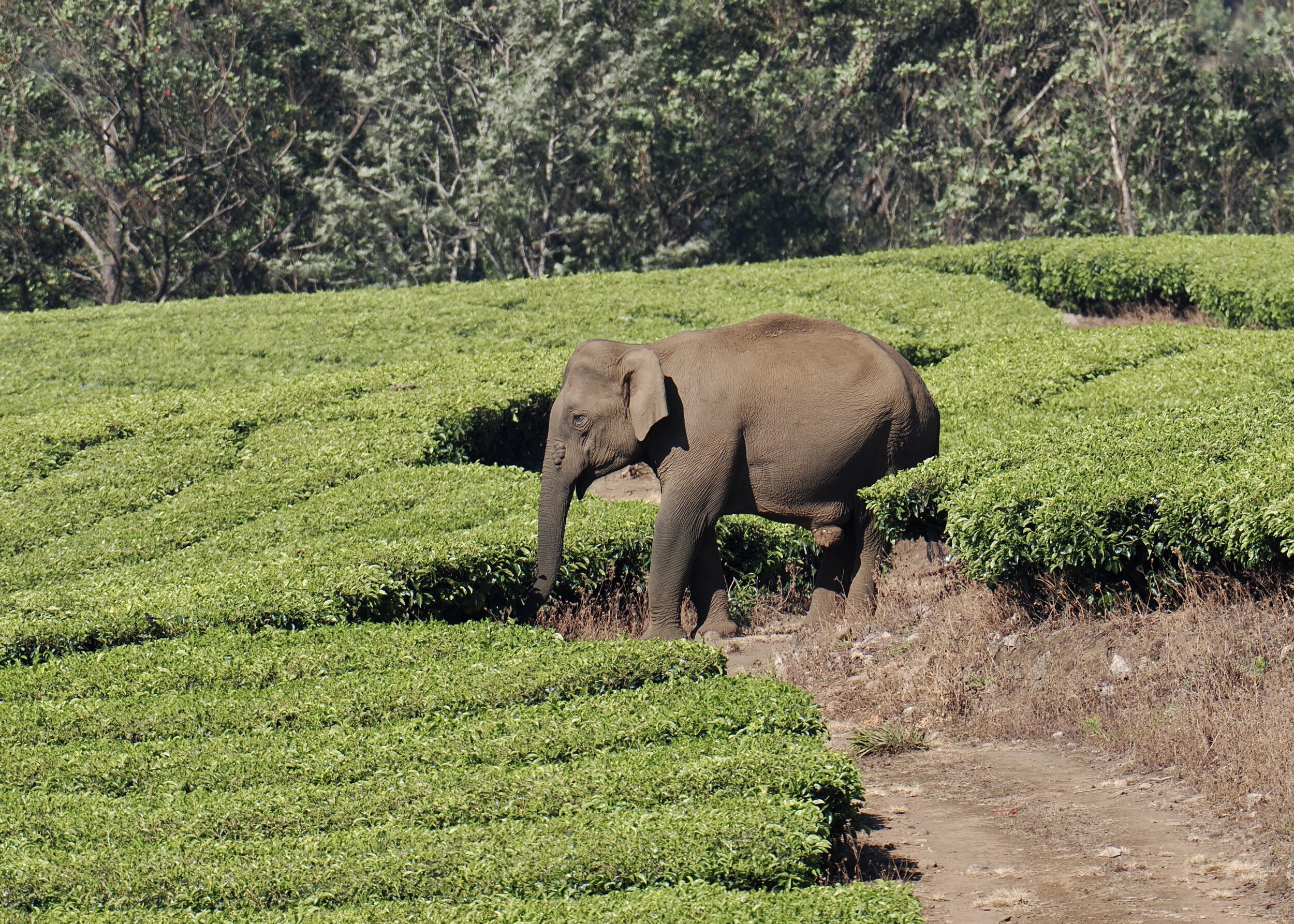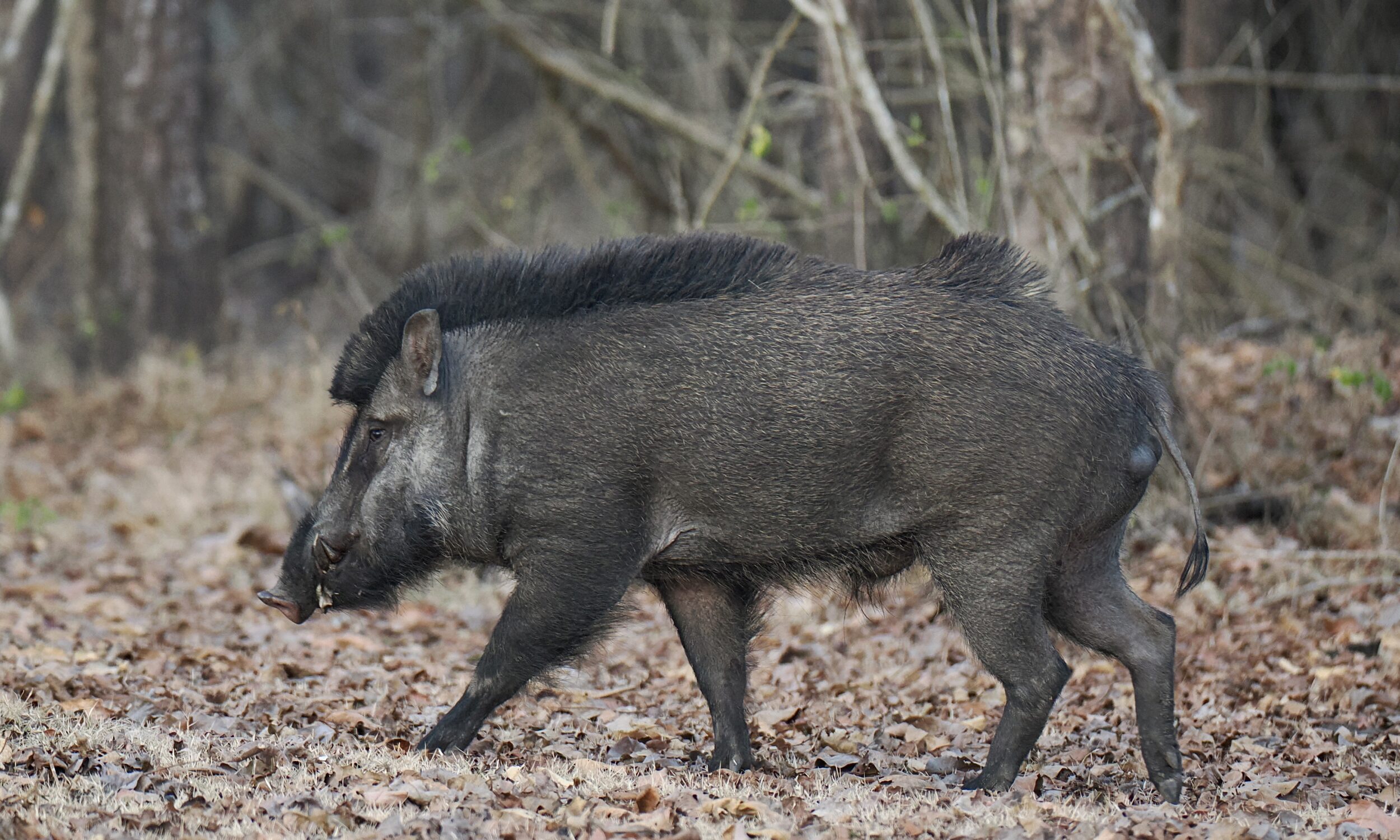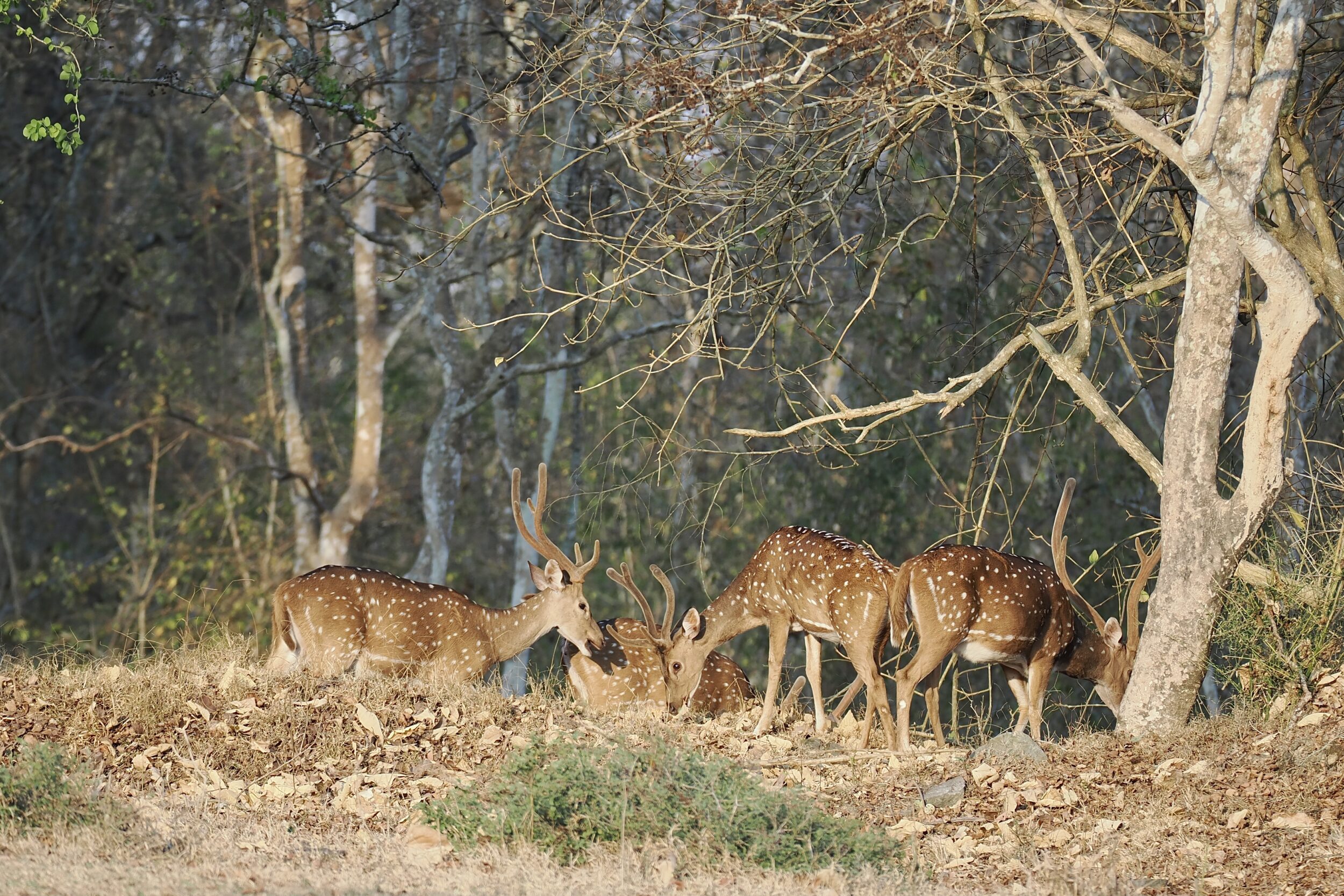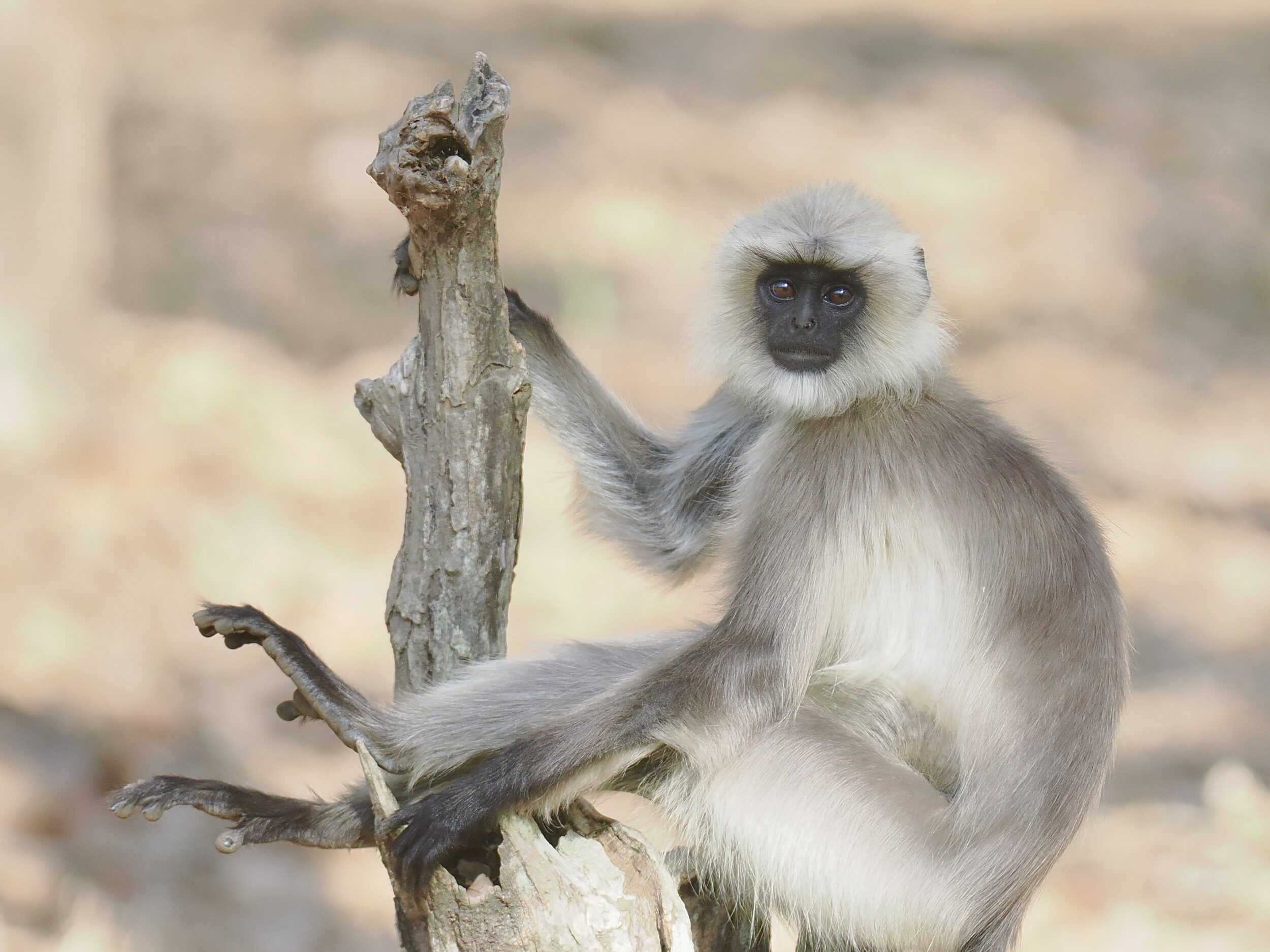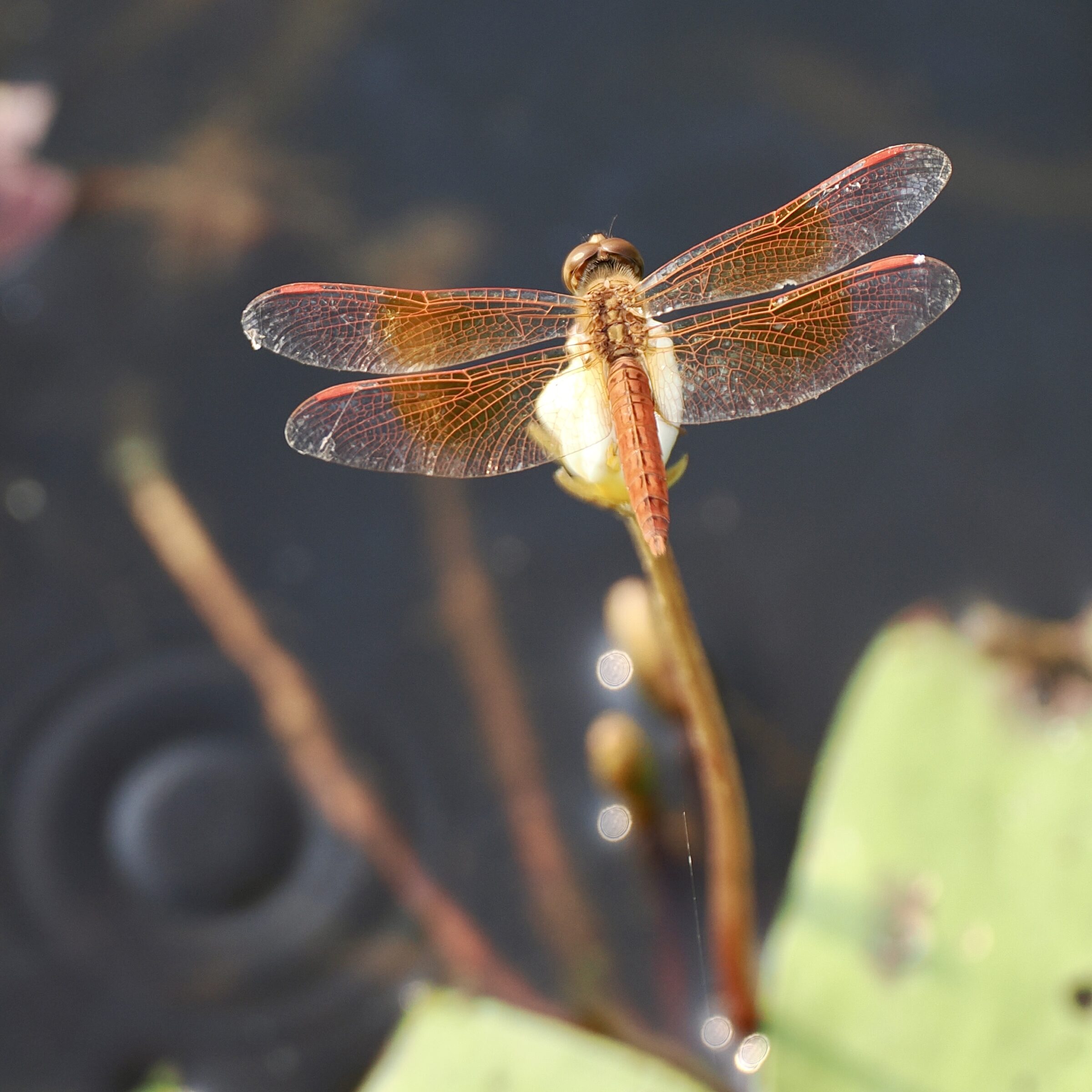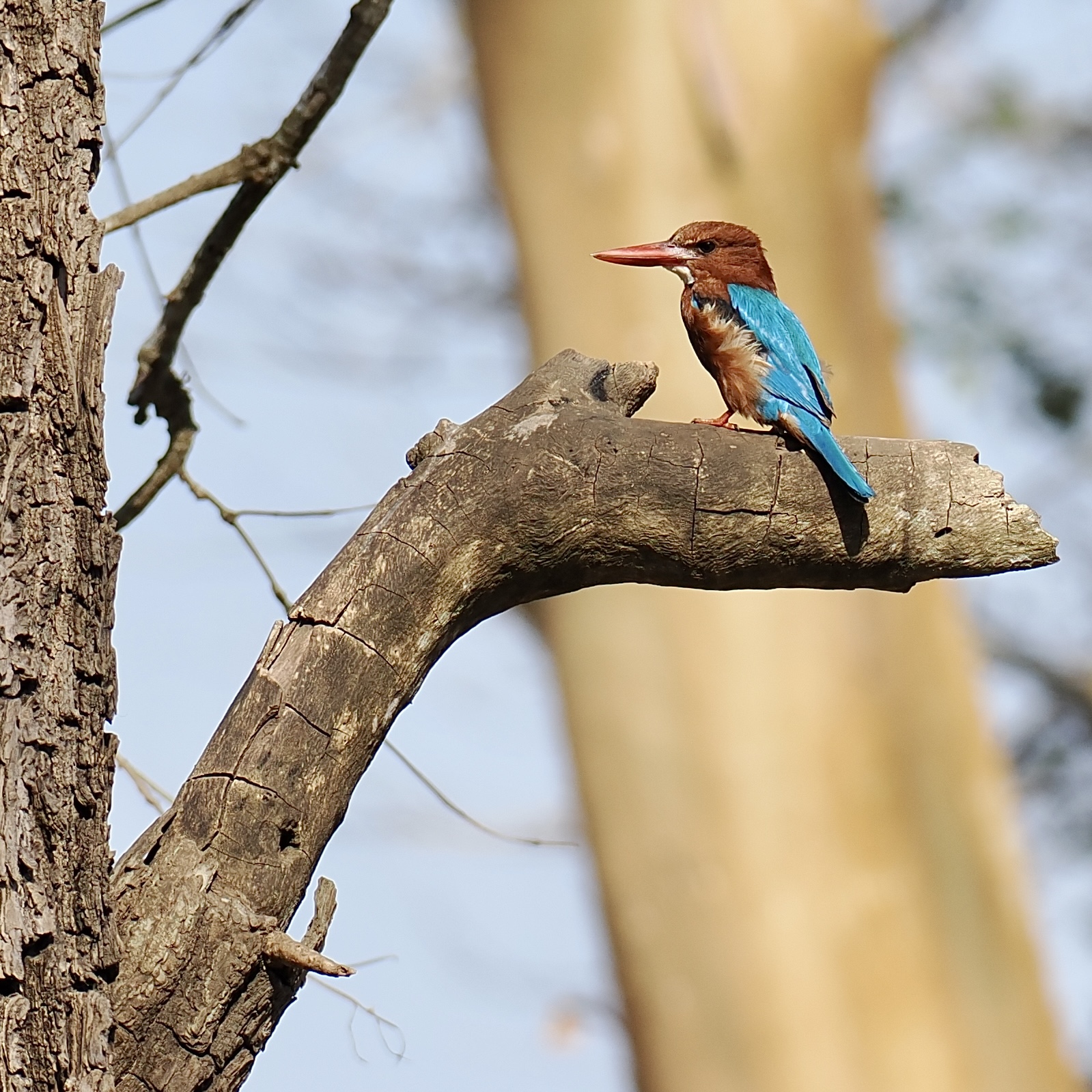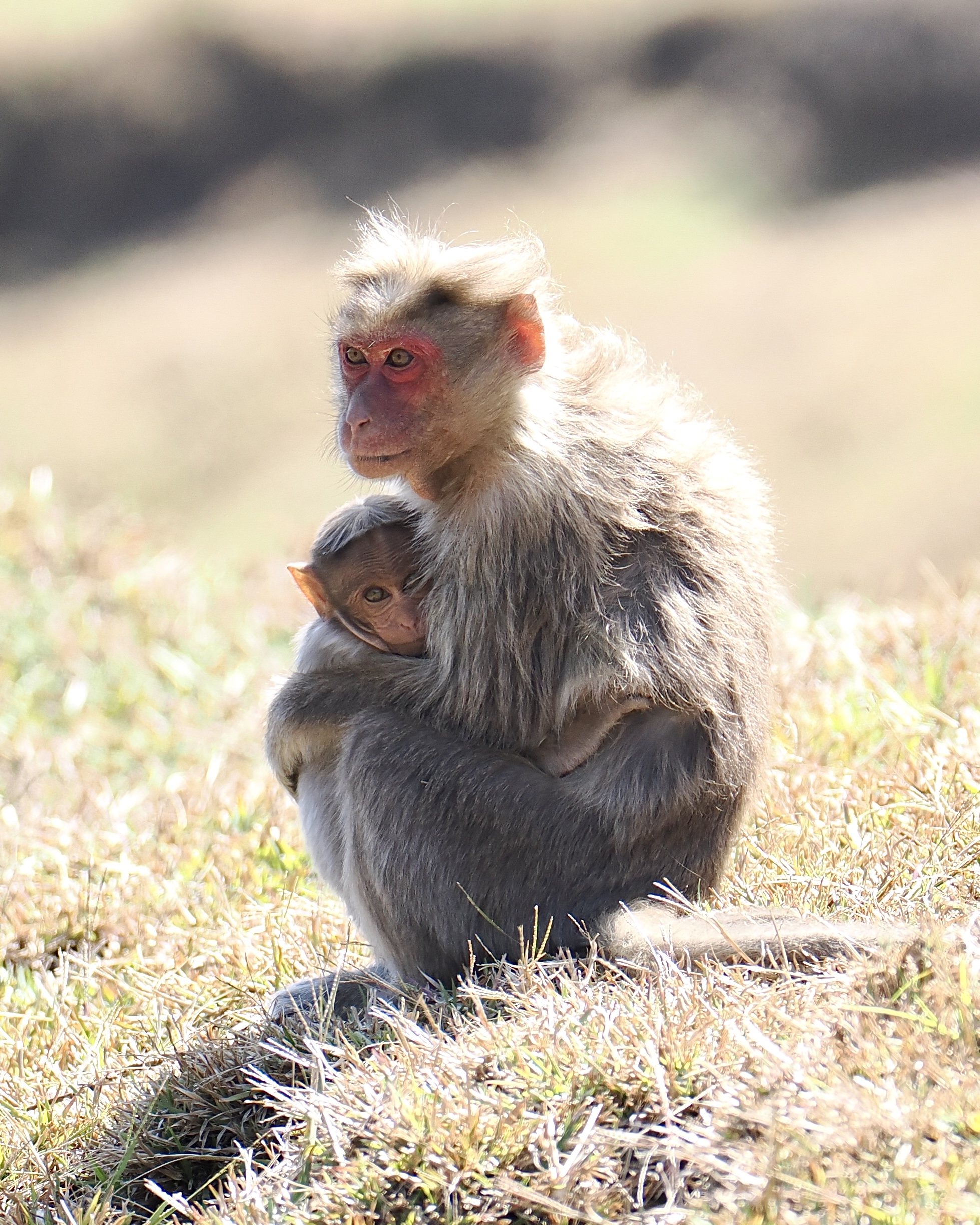This “Brahminy” eats many different things, including some smaller birds…maybe, even the occasional Brahminy starling!
Haliastur Indus – the Brahminy kite – is mostly seen near wetlands, lakes, rivers and ocean shores.
Its regal appearance notwithstanding, the Brahminy kite is primarily a scavenger; its weak feet make it unable to “deal with” large prey.
Comments closed